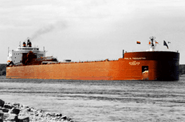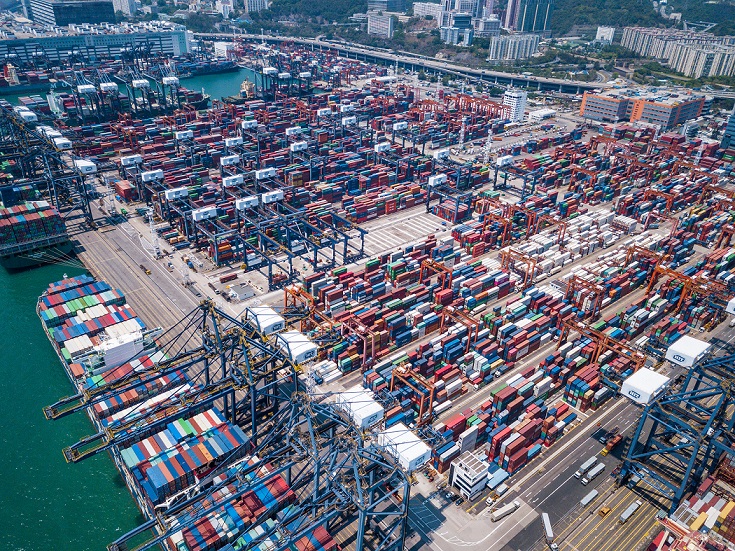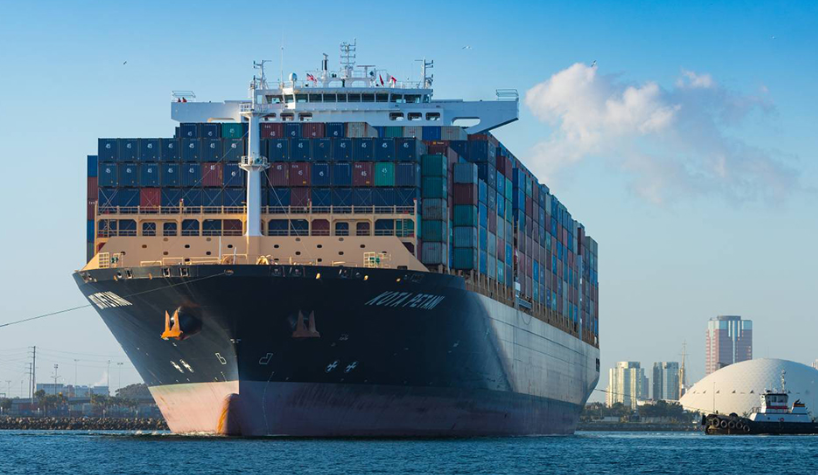Shipping and Logistics

Iron Ore Demand Drives Capesize Rates Over $34,000 Per Day
Written by Sandy Williams
October 6, 2020
Dry bulk carriers followed a bit behind their container ship counterparts but are now rebounding in a colossal way. Dry bulk shipping jumped to a new high for the year on Monday with rates at $34,293 per day compared to under $5,000 per day through the first and second quarters. Rates were 127 percent higher compared to the previous month and 45 percent higher than a year ago.
The surge in rates for the Capesize vessels, which carry iron ore and coal, was driven by increased industrial demand, particularly in China. Iron ore shipments from Brazil jumped 18 percent in the last week, averaging 1.25 million metric tons per day. Australian ore producers reported a similar rebound in iron ore volumes. The Capesize Index as of Monday was at 4.135, a gain of 148 points and its highest posting since July 3.
“How unusually high are Capesize freight rates today?” asked analysts at BreakWave Advisors. “We are hovering at the high end of the past several years’ range, and with the decade highs at about $42,000 reached in 2013, it will not be surprising to surpass such levels soon.
“Obviously, it is supply and demand that drives the price of freight, and the above are just indications of how willing majors are to pay up given their existing profit dynamics. If supply exceeds demand, then the market will inevitably drop. But for now, iron ore majors are enjoying some of their highest margins in years when it comes to net of freight prices.”
The Baltic Dry Index, a compilation of rates for Capesize, Panamax, Supramax and Handysize shipping vessels, soared 51 points to 2,071 on Oct. 5, the highest reading since September 2019.

Sandy Williams
Read more from Sandy WilliamsLatest in Shipping and Logistics

US Great Lakes iron ore cargoes down notably through May
The Lake Carriers' Association reported a considerable decline in monthly iron ore shipments from US ports on the Great Lakes.

Wittbecker: West Coast port congestion
What's going on in West Coast ports?

Wittbecker: Mexico invests in port capacity despite US tariff troubles
The Mexican government aims to transform Manzanillo into the largest seaport in Latin America, capable of processing some 10 million TEU (20-foot equivalent units) per year by 2030. It is already Mexico's largest port and the third largest in Latin America, handling nearly 4 million 20-foot containers in 2024.

Wittbecker on Aluminum: When do the tariffs reach Main Street?
Containers sailing from China in April are down 15%-20% and Hapag Lloyd says their future bookings transpacific are down 30%.

Wittbecker on Aluminum: US-China trade war clobbers cross-Pacific trade
Container shipping lines have sharply increased blank sailings on Transpacific routes in response to escalating trade tensions between the US and China.
